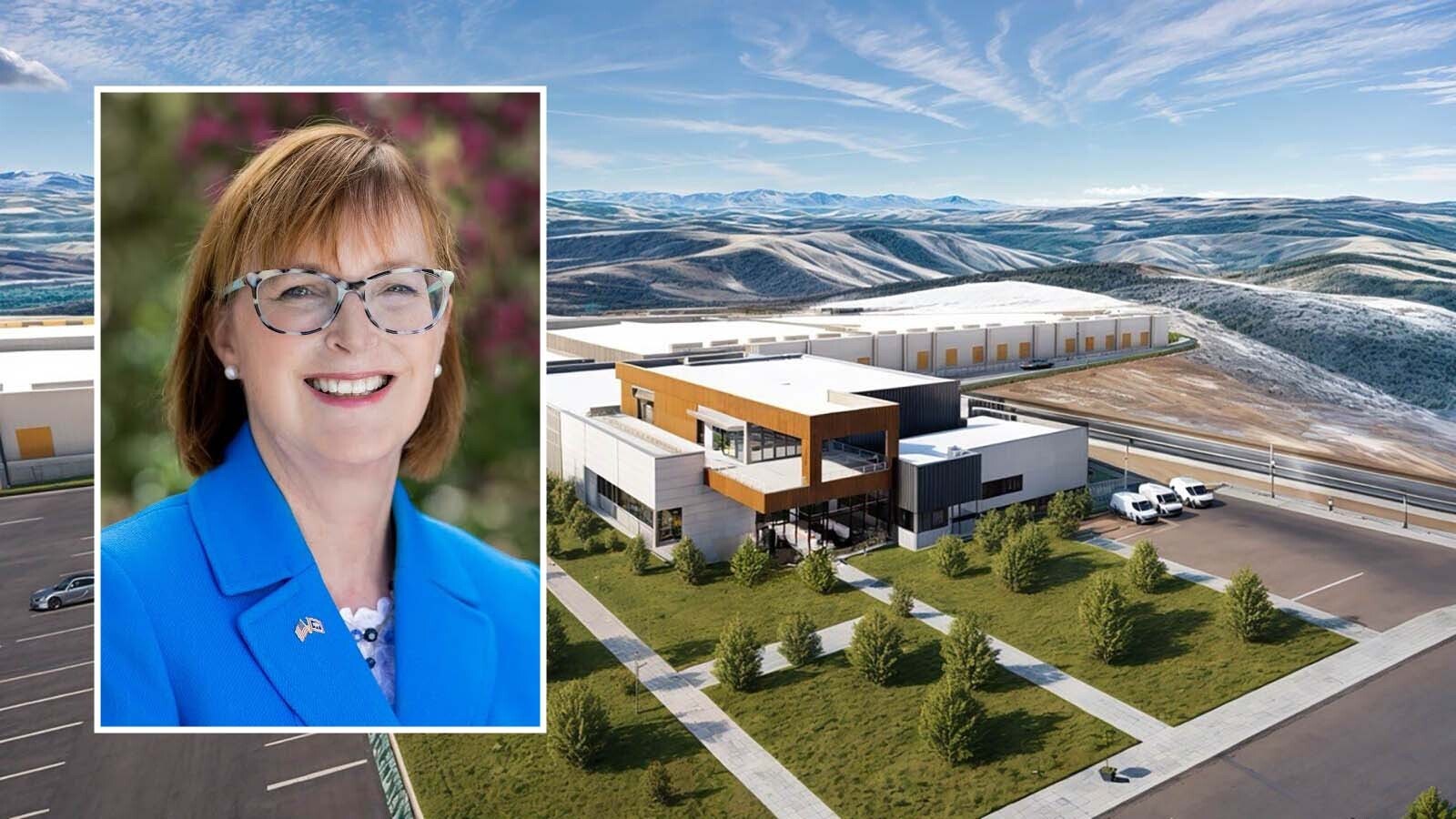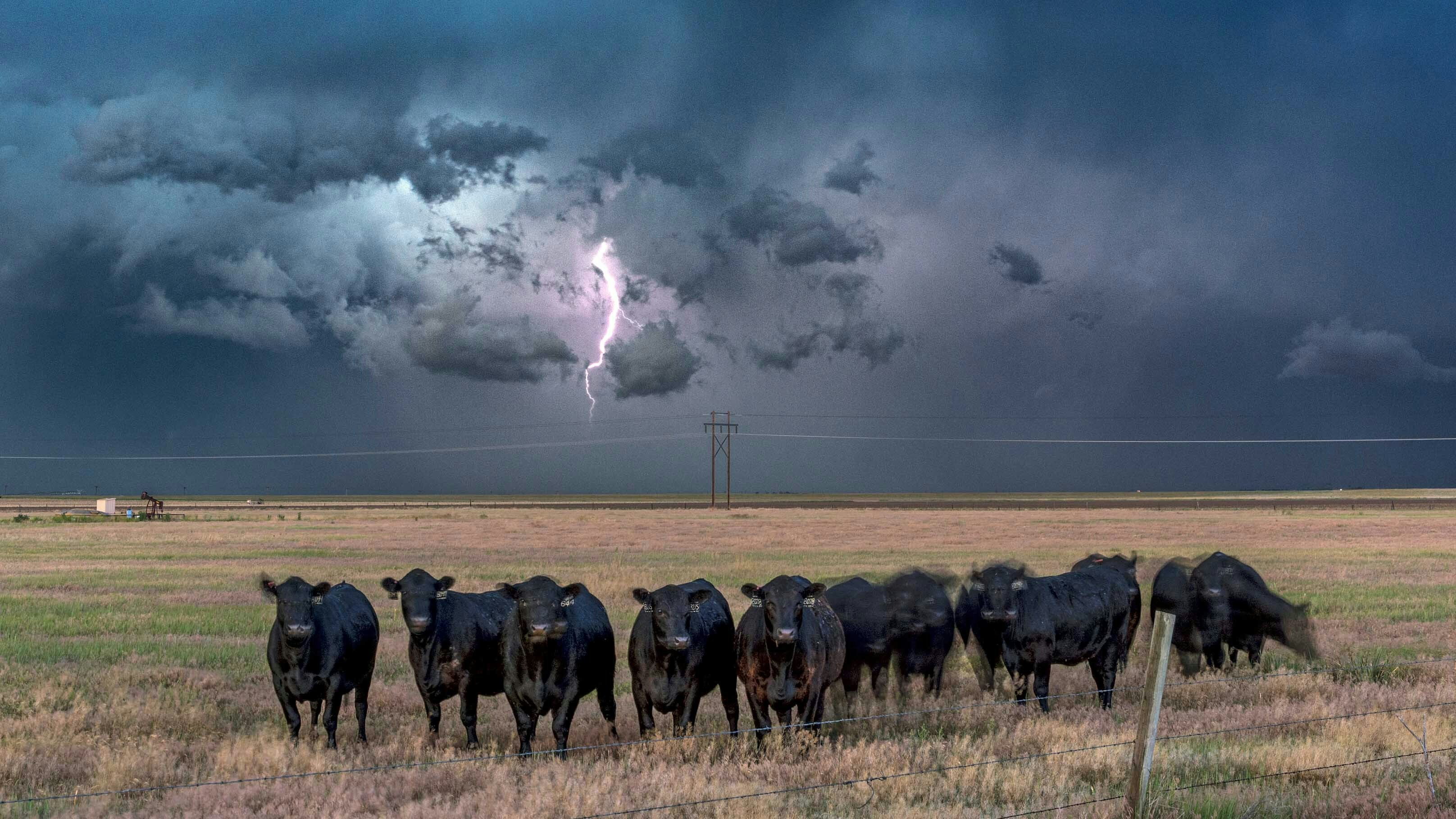Although it's rarely a topic of conversation in the places where rural residents gather, the Agriculture Improvement Act — aka the Farm Bill — is critical to Wyoming's economy.
Every dollar earned by a farmer or rancher and spent at a local auto parts store, farm supply store, restaurant, dentist's office or anyplace else multiplies in the local economy at a rate of 2.5%, said William Bunce, Wyoming director of the Farm Service Agency.
"Farm dollars support rural communities and Wyoming is mostly rural," Bunce said. "Those dollars support highways, county roads, hospitals, school buses and many other segments of our economy."
Farming In Wyoming By The Numbers
The Farm Bill is a massive piece of legislation that comes before the U.S. Congress every five years. The current Farm Bill, negotiated in 2018, will cost American taxpayers $428 billion by the time it’s done.
Food and nutrition programs like Supplemental Nutrition Assistance program (SNAP) and the Women Infant Children program (WIC) account for 76% of the overall spending.
Crop insurance, commodity spending and conservation programs make up about 8% each of the overall spending outlined in the farm bill.
Agriculture, which ranks third behind mineral extraction and tourism in income generated in Wyoming, brought in $1.95 billion in sales in 2021 with animals and animal products accounting for $1.23 billion of that. Crops generated $389 million, and farm-related income brought in $335 million, according to U.S. Department of Agriculture statistics.
Wyoming has 12,200 farms and ranches that hold 29 million acres of private land in the Cowboy State, where cattle and calves generate the most value of all commodities produced in Wyoming, followed by hogs and sheep.
Hay was the most valuable crop raised in Wyoming in 2021, followed by corn and sugarbeets.
Hired workers on Wyoming farms totaled 26,000 in July of 21. Bunce said there are hundreds of other jobs in the state that are supported by agriculture but tallied in other categories by the agencies that track job growth.
"We don't measure farm jobs, we measure off-farm jobs," Bunce said. "But there are lots of jobs tied to agriculture that are secondary."
The Farm Service Agency's Job
Bunce encourages Wyoming farmers and ranchers to stop by their local Farm Service Agency office, get to know the folks who work there and find out if there are programs that can provide assistance to their operations.
They offer low-interest, long term loans for agriculture producers and a new beginning farmer and rancher loan program that can provide up to $600,000 to help with the steep cost of starting an agriculture operation.
Bunce said agriculture requires a large capital investment for startup and this program is meant to help offset those costs.
"It's a program designed to help those in production agriculture or those that want to be that may not have the financial capability," he said. "It helps people get a leg up and it can be used as leverage with lending from other sources."
Producers who apply are required to present a business plan and show an ability to pay the money back. The terms of the loans for the beginning farmer or rancher program can range from 10 to 40 years.
Conservation Reserve Program
The Conservation Reserve Program is not the bureaucratic villain it's been made out to be. CRP has been widely misrepresented and is known by many as paying farmers not to farm.
It actually takes highly erodible farmland out of production, creates better wildlife habitat and keeps soils in place, which in turn keeps Wyoming water clean and helps it percolate into aquifers rather than run off and leave the state.
"It (CRP) holds the dirt in place so wildlife can utilize the habitat," Bunce said. "It provides corridors for wildlife migrations and regardless of the species it protects wildlife from the impacts of urban encroachment and business development."
In addition, the amount landowners receive through CRP barely covers the property taxes on the land, he said.
Wyoming private land enrolled in CRP totals about 250,000 acres. Landowners receive between $13 and $18 per acre, per year. Land enrolled in CRP in Fremont, Hot Springs, Lincoln, Park and Sublette counties are part of a national CRP wildlife priority zone, where they receive $18 per acre per year.
When Disaster Strikes
FSA also helps keep farmers farming and ranchers ranching by providing assistance after a crop failure, flood or other natural disaster. He said a natural disaster was declared in Wyoming last winter due to extreme conditions that caused the deaths of livestock across the state.
He added that it's critical to keep families on farms and ranches. It's an occupation that's difficult to start because of the capital investment in land and equipment. The number of farms in the U.S. has been on a slow decline since 1982, dropping from 2.2 million to about 2 million.
According to USDA, the number of acres in farm production in the U.S. dropped by 50 million since 2000. Total area in farm production in 2022 in the U.S. is about 893 million acres. Total acres in farm production in Wyoming is about 28.5 million.





